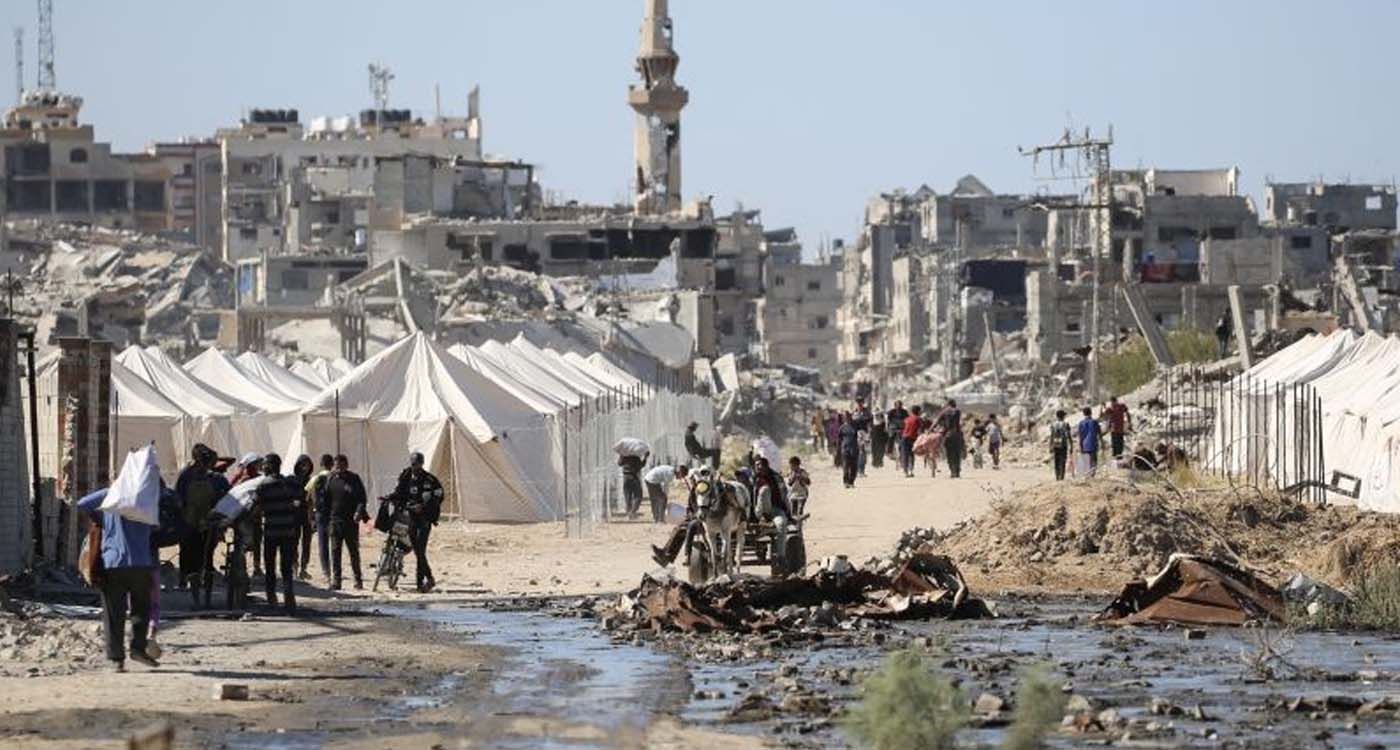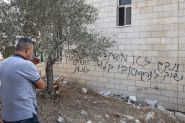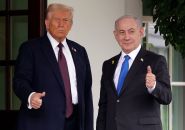- Home
- Middle East
- What Comes Next in Trump’s Gaza Plan?

©AFP
As the first phase of Trump’s Gaza peace plan nears completion, attention is shifting to the next steps. Significant progress has been made, though the process remains far from finished.
On Monday, Hamas announced the release of the 28 Israeli hostages still alive in Gaza, along with four bodies from a total of 28. In exchange, Israel confirmed it had freed 1,968 Palestinian prisoners. The initial phase had called for all living and deceased Israeli hostages to be released in return for 250 Palestinian prisoners serving life sentences and 1,700 detainees held since October 7, 2023.
During Monday’s international summit in Sharm el-Sheikh, mediators from Egypt, Qatar and Turkey, along with the United States, co-signed the “Trump Declaration for Enduring Peace and Prosperity.” The document, which does not bear the direct signatures of Israel or Hamas, aims to reinforce the Gaza ceasefire established four days earlier, facilitate humanitarian aid, support reconstruction and promote a return to stability.
The declaration also calls for progress on all phases of the plan, including a gradual military withdrawal and further hostage exchanges, without explicitly recognizing a Palestinian state. While not legally binding, it sets a clear political and diplomatic framework for advancing peace.
Hamas Disarmament
The second phase, expected to begin after the full release of hostages, calls for the disarmament of Hamas and the dismantling of its tunnels and military infrastructure in Gaza.
Israel has already ordered its military to prepare for the operation. The plan also offers an amnesty for Hamas members who accept peaceful coexistence, including the possibility of safe exile. A temporary international stabilization force, comprising American, Arab and European personnel, will be deployed to ensure security and assist in training a Palestinian police force, aiming for long-term stability and peace.
Under the framework of a gradual military withdrawal, Israel has agreed to reduce its control to 53% of the territory. Subsequent phases will scale back its presence further, to roughly 40% and then 15%. The final stage will maintain a security perimeter until Gaza is considered fully protected against terrorist threats.
Ultimately, the plan envisions Gaza becoming a deradicalized, terrorism-free zone, no longer posing a danger to its neighbors.
Governance and Reconstruction
The plan also calls for a transitional technocratic administration composed of qualified Palestinians independent of Hamas, alongside international experts. This administration will be overseen by a new international body, the Peace Council, led by Donald Trump and including figures such as former British Prime Minister Tony Blair. Its mandate is to manage Gaza’s reconstruction and coordinate the gradual transfer of authority to the Palestinian Authority once internal reforms are completed.
According to the Associated Press, Egypt’s Foreign Minister Badr Abdelatty announced the formation of a 15-member Palestinian committee, approved by Israel and endorsed by all Palestinian factions, including Hamas, to handle daily governance and reconstruction under the supervision of the US-led Peace Council.
Coordinated with Washington’s allies, this oversight is considered a top priority. Trump warned that rejecting the approach would amount to choosing chaos over peace.
Within this framework, a group of experts will develop an economic plan to “rebuild and revitalize Gaza,” including a special economic zone offering preferential tariffs and favorable access for participating countries. The plan does not specify funding amounts or sources.
Humanitarian aid will be delivered without interference, under the supervision of the UN and other NGOs, to restore essential services such as water, electricity, hospitals and roads, while ensuring freedom of movement at the Rafah border crossing. The UN and the International Committee of the Red Cross have called for all crossings to be opened to expedite aid delivery.
Persistent Obstacles
Despite progress, the next phases face major challenges. Hamas has not formally addressed its disarmament and continues to demand a full Israeli withdrawal from Gaza. Senior Islamist official Hossam Badran described the second phase of negotiations as “difficult,” insisting that Hamas will not give up its weapons. The movement has repeatedly stated that, in the absence of a Palestinian armed force, it reserves the “right to resist the Israeli occupation.”
At the same time, Israeli Prime Minister Benjamin Netanyahu has ruled out both a full withdrawal from Gaza and the creation of a Palestinian state under the Trump plan. While the plan does not guarantee statehood, it envisions a potential path toward Palestinian self-determination, contingent on reforms within the Palestinian Authority and the successful reconstruction of Gaza.
The plan’s success will ultimately depend on the genuine intentions of the parties, the ability of international actors to oversee the process, the availability of necessary funding and the political stability required for Gaza’s reconstruction and economic development. For now, the Trump plan remains the only viable alternative to the chronic violence and instability that continue to afflict Gaza and the region.
Read more




Comments